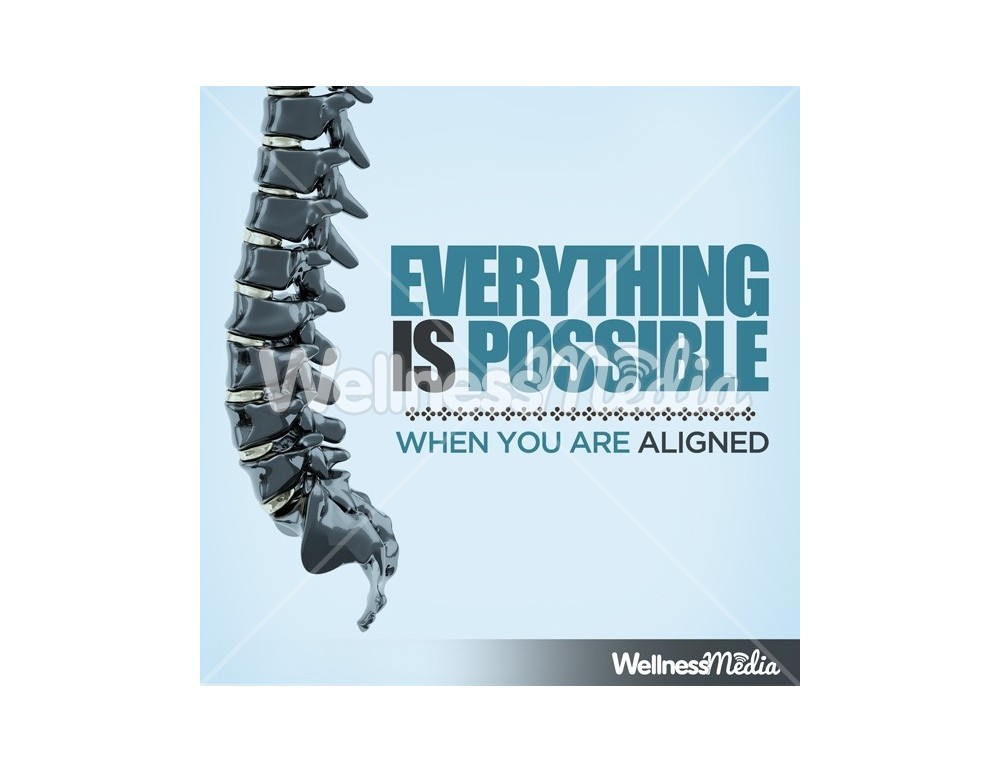The Science Behind Cold Laser Treatment: Understanding Its Mechanisms And Effects
The Science Behind Cold Laser Treatment: Understanding Its Mechanisms And Effects
Blog Article
Web Content Author-Rosendahl Kornum
You may have become aware of cold laser treatment as an encouraging therapy choice for numerous problems, however have you ever questioned exactly how it actually services a cellular level? Recognizing the mechanisms behind this treatment can clarify its effectiveness in promoting healing and decreasing inflammation. By exploring the science behind cold laser therapy, you'll obtain insights into the fascinating methods which light can influence cellular processes and facilitate tissue repair service.
How Cold Laser Treatment Functions
To comprehend just how cold laser therapy functions, you need to realize the fundamental principles of how light energy interacts with organic cells. Cold laser therapy, likewise referred to as low-level laser treatment (LLLT), uses certain wavelengths of light to pass through the skin and target underlying tissues. Unlike laser quit smoking treatment made use of in surgical procedures, cold lasers discharge reduced levels of light that do not generate warmth or cause damages to the cells.
When these mild light waves get to the cells, they're soaked up by parts called chromophores, such as cytochrome c oxidase in mitochondria. This absorption triggers a series of organic reactions, including boosted mobile power production and the release of nitric oxide, which boosts blood circulation and lowers swelling.
Additionally, the light energy can also boost the production of adenosine triphosphate (ATP), the energy currency of cells, aiding in cellular repair work and regeneration processes.
Fundamentally, cold laser therapy uses the power of light energy to promote healing and alleviate pain in a non-invasive and mild manner.
Mechanisms of Activity
Exactly how does cold laser treatment really function to generate its healing results on organic cells?
Cold laser treatment, likewise called low-level laser therapy (LLLT), runs via a procedure known as photobiomodulation. When the cold laser is put on the skin, the light energy penetrates the cells and is taken in by chromophores within the cells.
These chromophores, such as cytochrome c oxidase in the mitochondria, are then boosted by the light power, resulting in a waterfall of organic responses. One vital system of action is the improvement of cellular metabolic process.
The taken in light energy raises ATP manufacturing in the mitochondria, which is vital for mobile function and repair service. Additionally, cold laser therapy assists to decrease swelling by hindering inflammatory moderators and promoting the release of anti-inflammatory cytokines.
This anti-inflammatory impact contributes to discomfort relief and tissue recovery.
Therapeutic Results
Understanding the healing results of cold laser treatment involves recognizing exactly how the improved cellular metabolism and anti-inflammatory residential properties contribute to its favorable results on organic tissues.
When the cold laser is related to the afflicted location, it boosts the mitochondria within the cells, leading to enhanced manufacturing of adenosine triphosphate (ATP), which is crucial for mobile feature and repair service. This boost in mobile energy increases the healing procedure by advertising tissue regrowth and reducing swelling.
Moreover, the anti-inflammatory residential or commercial properties of cold laser treatment assistance to decrease pain and swelling in the targeted area. By inhibiting inflammatory arbitrators and advertising the launch of anti-inflammatory cytokines, cold laser treatment help in minimizing discomfort and enhancing the general healing feedback.
This reduction in inflammation not just offers instant alleviation yet likewise sustains long-term tissue fixing.
Final thought
To conclude, cold laser therapy functions by promoting mobile repair work and cells regeneration with photobiomodulation. Its anti-inflammatory properties supply pain relief and lower swelling by hindering inflammatory conciliators.
This treatment uses a thorough method to healing, supplying both instant alleviation and long-term cells repair work advantages.
With its devices of activity, cold laser therapy proves to be a reliable and appealing treatment option for a variety of conditions.
